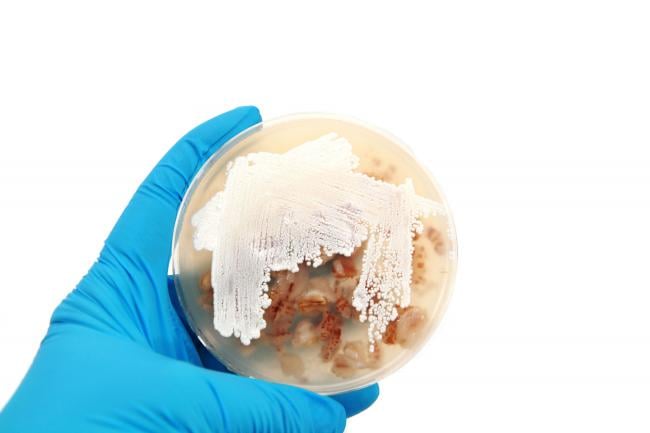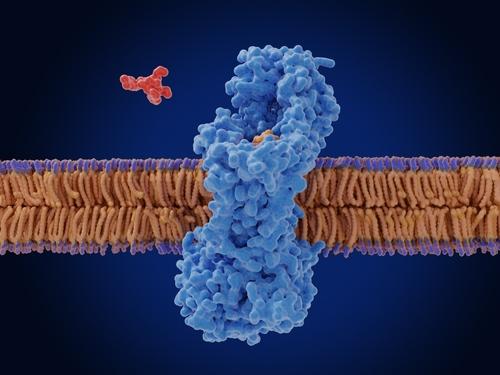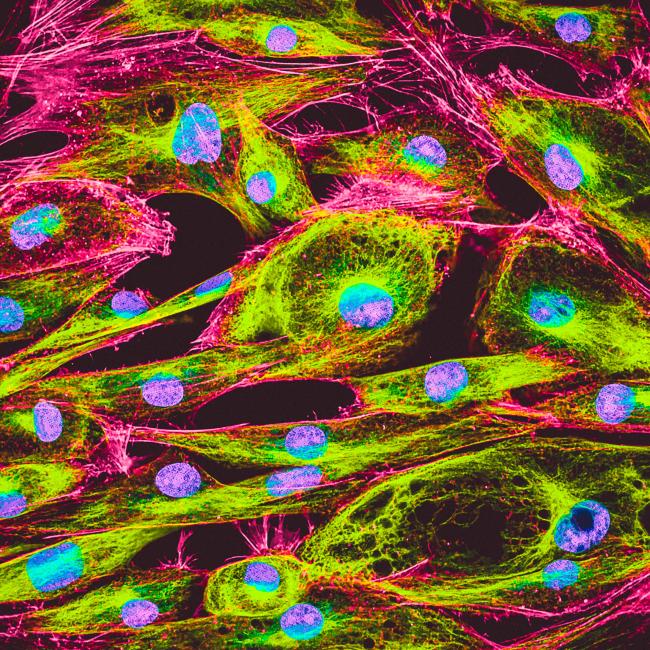Actinomycin D (Act D) is a natural chemopeptide which is isolated from the bacteria Streptomyces. Amongst Streptomyces bacteria, Streptomyces parvulus (Streptomyces SP) produces Actinomycin D with the highest antibiotic activities. It is also known as Dactinomycin or Actinomycin C1. Actinomycin D was discovered in 1940 by Selman Waksman and his co-worker H. Boyd Woodruff.
Actinomycin D was the first antibiotic shown to have anti-cancer activity. It serves as an antibiotic and as a chemotherapy medication used to treat a number of types of cancer. This includes Wilms tumor, rhabdomyosarcoma, Ewing's sarcoma, trophoblastic neoplasm, testicular cancer, and certain types of ovarian cancer. It was approved by the FDA on 1964 and launched by Merck Sharp and Dohme under the trade name Cosmegen© and it is intended for intravenously administration.
In addition, Actinomycin D serves In vitro as a transcription inhibitor, through binding to DNA helices at the transcription initiation complex and preventing elongation of RNA chain by RNA polymerase.
Actinomycin D and its fluorescent derivative, 7-Amino-Actinomycin D (7-AAD), are used mainly as stains compounds in microscopy and flow cytometry applications. The affinity of these stain compounds for GC-rich regions of DNA strands makes them excellent markers for DNA. 7-AAD which is a non-fluorescent molecule is a useful tool in determining apoptosis and distinguishing between dead cells and live ones in conventional transmission microscopy, whereas 7-Amino-Actinomycin D is a fluorescent molecule which serve as a marker for DNA in fluorescence microscopy and flow cytometry. It has an absorption maximum at 546 nm, and efficiently excitation at 543 nm.
Fermentek's Actinomycin D Related Products
Fermentek offers a large scale amounts of Actinomycin D, Actinomycin D Extra Pure and his derivative 7-Amino-Actinomycin D produced by microbial fermentation method from Streptomyces SP. It can be used as a reference material to calibrate instrument and methods, for diagnostic purposes, and as a chemotherapy antibiotic in the treatment of various malignant neoplasms. It is a very important research tool for biomarkers in cancer research and staining protocols.







